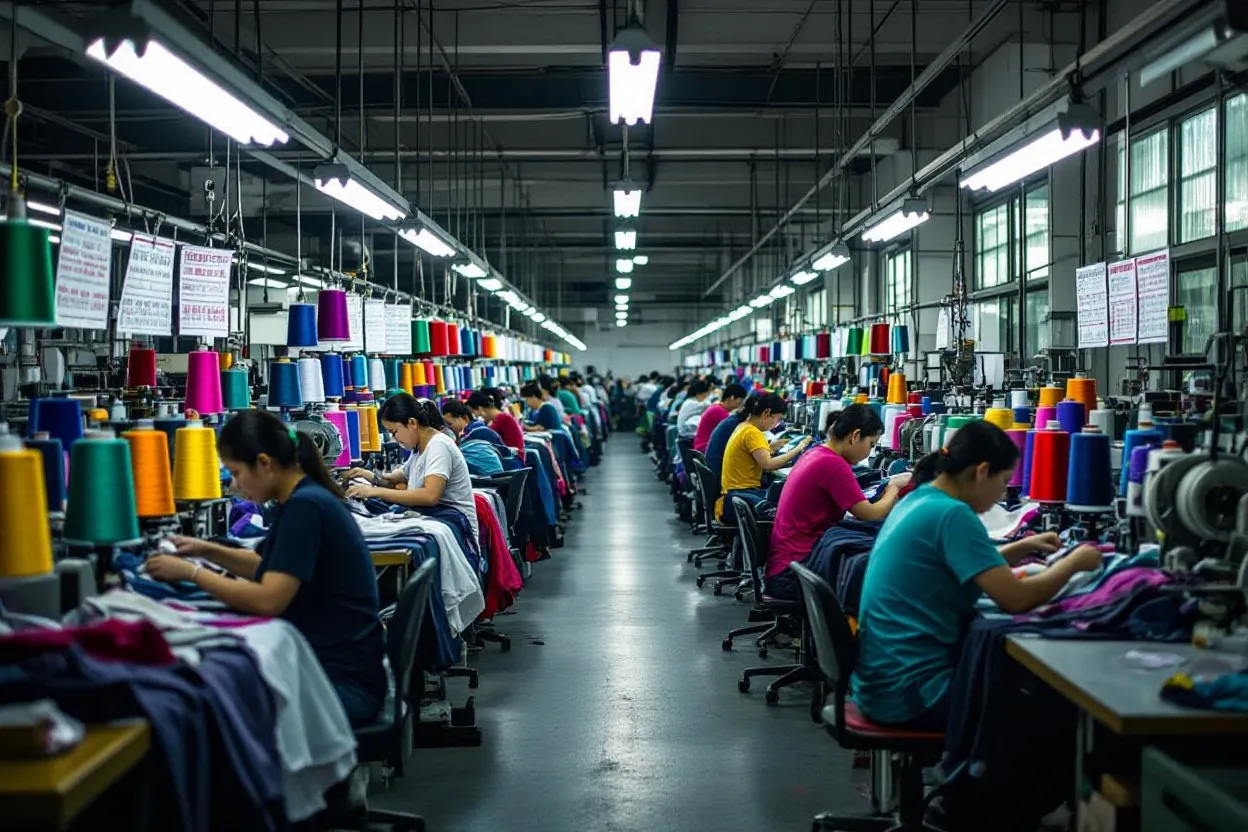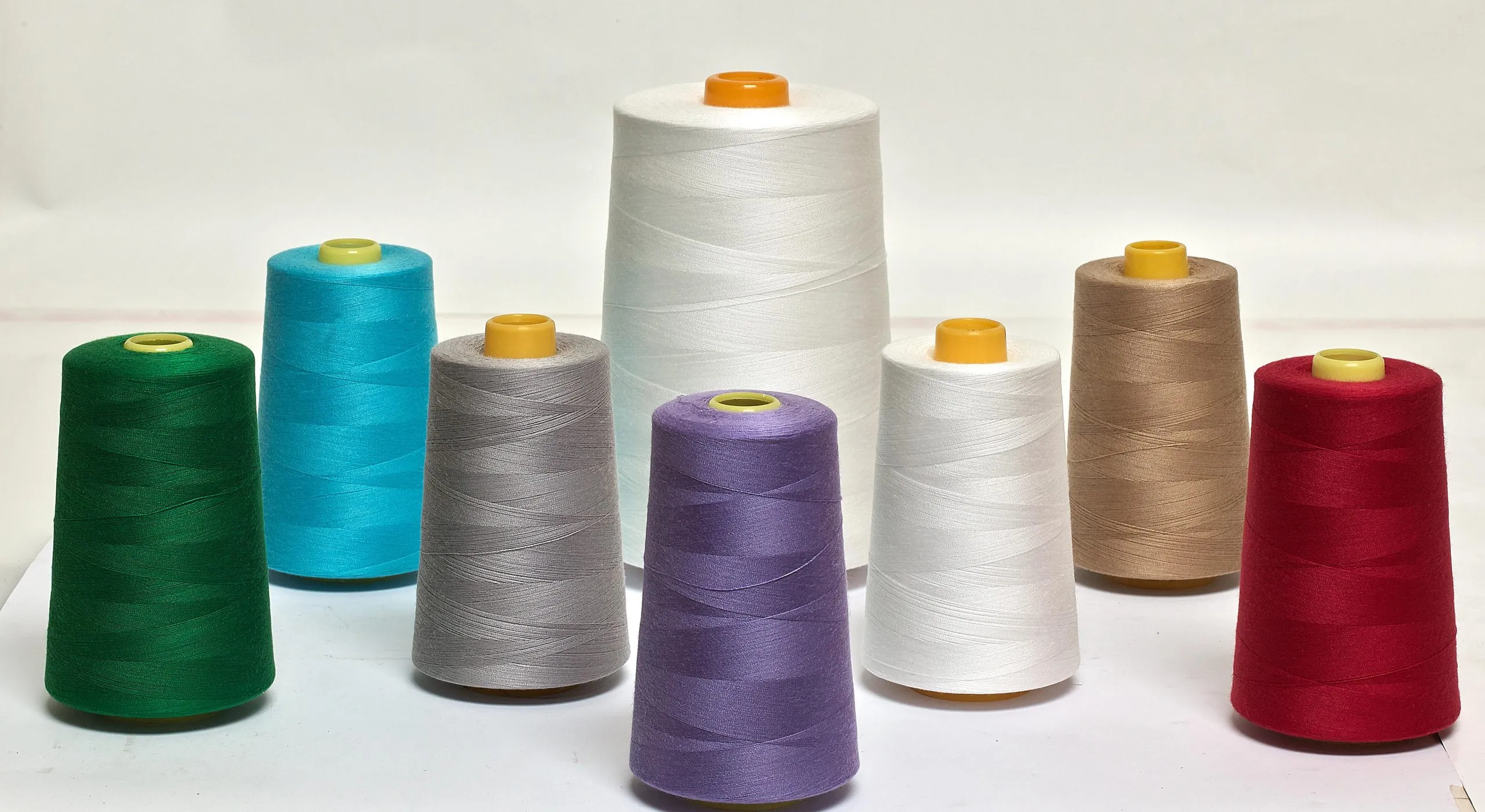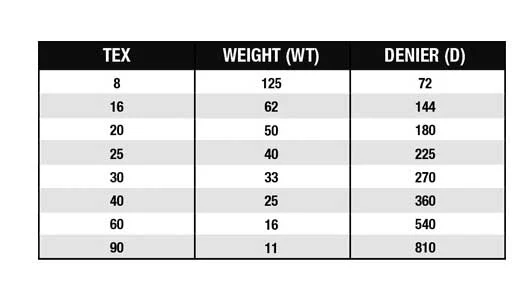
In today’s fast-paced fashion world, risks are everywhere — from sourcing raw materials to meeting consumer expectations. For a garment company like Mekong Garment, having a robust risk management framework is not just optional — it’s essential. This article explores key risks in the fashion industry and practical strategies to manage them.
What Is Risk Management in Fashion?
The fashion industry is not just about creativity and style; it is also about handling uncertainty in a highly competitive global market. Every stage — from design to manufacturing, shipping, and retail — carries potential risks that can affect profitability and brand reputation. Without a structured approach, even small disruptions can snowball into serious problems. That is why risk management plays a central role in fashion businesses. It provides a system to anticipate challenges, minimize losses, and keep operations running smoothly.

Risk management means identifying potential threats (financial, operational, regulatory, reputational, etc.), assessing how likely they are and how severe their impact would be, and then applying measures to prevent, mitigate, or respond to them. In fashion, the risks are especially complex because the industry lies at the intersection of creativity, large supply chains, regulatory pressures, and volatile consumer trends.
Main Types of Risk in the Fashion / Garment Sector
Fashion companies face a wide range of risks because the industry operates on thin margins and depends heavily on external factors. Global supply chains stretch across countries, meaning disruptions in one region can impact the entire business. On top of that, fashion trends shift quickly, exposing companies to sudden demand changes. Financial risks, compliance issues, and even public perception can add to these challenges. Understanding the different risk categories is the first step toward building a solid risk management plan.

Main Content (Table of Risks):
| Risk Type | Description / Examples |
|---|---|
| Supply Chain & Sourcing Risk | Disruptions in raw material delivery, supplier failure, quality defects, or geopolitical issues. |
| Price Volatility | Fluctuations in cost of cotton, dyes, chemical inputs, energy, shipping, etc. |
| Demand & Trend Risk | Changes in consumer tastes lead to overstock or obsolescence. |
| Operational / Production Risk | Machine breakdowns, labor strikes, safety accidents, quality issues. |
| Regulatory & Compliance Risk | Environmental laws, labor standards, chemical safety, trade policies. |
| Reputation & Brand Risk | Social media backlash, claims of unethical practices, greenwashing, worker safety scandals. |
| Financial Risk | Currency fluctuations, interest rates, liquidity, credit exposure. |
| Environmental / Climate Risk | Extreme weather affecting cotton yields, water scarcity, pollution control, waste management. |
| Cybersecurity & Data Risk | Data breaches, IT system failures, digital supply chain vulnerabilities. |
Why Risk Management Matters in Fashion
Risk management is not just a defensive tool — it is a competitive advantage in fashion. By addressing risks proactively, companies can strengthen their resilience and maintain trust with both customers and stakeholders. In a world where brand reputation can be destroyed overnight, companies cannot afford to ignore this responsibility. Effective risk management also protects profits by minimizing waste and avoiding costly recalls. Simply put, it is the key to staying relevant and sustainable in an unpredictable market.
- Profit protection & cost control: Unmanaged risks can lead to high losses, unsold inventory, or expensive recalls.
- Brand trust & reputation: Credibility depends on consistent quality, fair labor, sustainability.
- Regulatory compliance & legal liability: Noncompliance can result in fines, bans, or lawsuits (especially in export markets).
- Resilience in disruption: COVID-19, shipping delays, raw material shortages have shown how fragile chains can be.
- Sustainability & ESG demands: Investors, buyers, and consumers now expect environmental and social responsibility.
Strategies to Manage and Mitigate Risks
While risks in fashion are unavoidable, they can be managed with the right strategies. A company that actively monitors threats and puts safeguards in place is better prepared to survive disruptions. Today, leading garment manufacturers use a mix of technology, supplier relationships, and financial tools to minimize exposure. Risk management strategies must be flexible enough to respond to sudden shocks, yet consistent enough to ensure long-term stability. For Mekong Garment, these approaches can create both resilience and a stronger competitive edge.
- Supply Chain Diversification & Backup Suppliers – Don’t rely on a single supplier or region. Maintain backup sources for critical materials.
- Transparent & Traceable Supply Chains – Use tracking systems (blockchain, digital platforms) to trace materials and processes.
- Strong Quality Assurance & Inspection Regime – Conduct regular inspections at every production stage.
- Forecasting & Demand Planning Tools – Employ data analytics and AI for better consumer demand prediction.
- Financial Hedging & Risk Transfer – Hedge against currency fluctuations and use insurance products.
- Compliance & Governance (GRC Tools) – Deploy tools to centralize monitoring and ensure legal compliance.
- Sustainability & Environmental Risk Management – Manage water use, emissions, and waste while adopting circular design.
- Scenario Planning & Stress Testing – Run simulations to test resilience under worst-case scenarios.
- Continuous Monitoring & Early Warning Systems – Use digital dashboards to monitor real-time risk indicators.
- Worker Safety & Ethical Labor Practices – Ensure safe conditions, fair wages, and social responsibility standards.
Final Word / Conlusion
The fashion industry will always carry a certain level of risk, but what separates successful companies from the rest is how they anticipate and respond to those challenges. By identifying risks early, building strong supplier networks, adopting sustainable practices, and using modern digital tools, garment businesses can protect both profits and reputation. At Mekong Garment, we believe risk management is not just about minimizing losses — it is about creating resilience and long-term value for our customers, employees, and partners. With the right strategies in place, the future of fashion can be both secure and sustainable.



